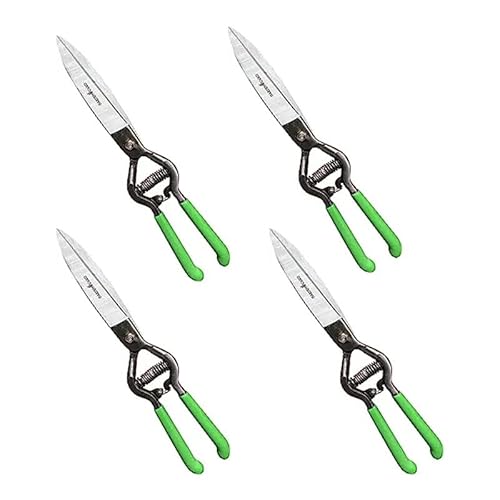



The best way to garden sustainably is to compost. Because in a compost, kitchen and garden waste becomes valuable natural fertilizer, with which vegetables, fruit but also ornamental plants can be supplied with the most important nutrients. In our guide, you will learn how to properly create and maintain a garden compost.
Proper composting in 7 steps
- Place the compost optimally in the garden
- Use only the right organic waste
- Shred the material before composting it
- Mix the waste
- Ensure optimal moistening
- Use additives consciously
- Turn the compost regularly
Place the compost optimally in the garden
Choosing the right location is crucial for a compost. This should be in partial shade, for example under a deciduous tree. Direct sunlight should be avoided at all costs, otherwise the material will dry out too quickly.
Likewise, a certain amount of rain protection is necessary to avoid soaking during prolonged rain. The composter should also be placed directly on top of soil to allow regular worms and other creatures access.
Use only the right organic wastes.
For your compost, you should only use vegetable kitchen and garden waste that is not contaminated with pollutants. This includes vegetable and fruit waste from the kitchen, egg shells, and coffee and tea filters. Southern fruits can also be composted, but should only be used in small quantities. From the garden, lawn clippings, leaves, small branches and other plant cuttings are particularly suitable.
Shred the material before composting
To speed up composting, garden waste in particular should be coarsely shredded beforehand. Shrub trimmings are particularly easy to shred with a shredder. It is best to use a roller shredder for composting, as this crushes the shredded material. This allows microorganisms to penetrate the clippings better.
Leaves should also be shredded somewhat beforehand. If you have a leaf vacuum cleaner, this is usually already done when the leaves are vacuumed up. Otherwise the use of a lawn mower is recommended.
Coarse components in the compost are important, so that the mass is not compacted too much and small air chambers are formed. Only with sufficient oxygen can the aerobic microorganisms optimally metabolize the waste. If there is too much compaction or a lack of oxygen, the compost may ferment or rot and produce unpleasant odors.
Mix the waste
Be sure to use waste that is as diverse as possible. Compost material that is too monotonous can have a lopsided effect on nutrients. Two chemical elements are essential for composting: carbon (C) and nitrogen (N). The optimal carbon to nitrogen ratio is 20:1.
For example, lawn clippings provide a lot of nitrogen, while tree trimmings and leaves contribute a lot of carbon to the compost. So if you want to compost a lot of woody material (high in carbon), you need to add a corresponding amount of nitrogen-rich waste (such as lawn clippings or fruit and vegetable scraps). It is best to add the material mixed or in layers to the garden compost.
Examples of the carbon to nitrogen ratio
| Biowaste | Carbon parts | Nitrogen parts |
|---|---|---|
| Lawn clippings | 10 – 15 | 1 |
| Animal excrements | 10 – 15 | 1 |
| Kitchen waste | 12 – 25 | 1 |
| Leaves | 30 – 60 | 1 |
| Cereal straw | 50 – 150 | 1 |
| Sawdust | 250 – 500 | 1 |
Ensure optimal moistening
Your compost should be neither too moist nor too dry. A compost that is too moist tends to rot, and if it is too dry, the organisms will not be active. Therefore, check regularly to see if the inside of the compost has a slight moisture content. The microorganisms prefer a slightly moist environment of about 35% water.
During longer dry periods, the compost pile should be moistened with rainwater. During heavier rains, however, it is advisable to cover it with special compost fleece or translucent mats.
Use additives consciously
If you have done everything correctly, additives should not usually be necessary. However, to speed up the composting process, you can use appropriate additives. For example, mix in existing compost or soil or use extracts of wild herbs.
Special quick composters or compost accelerators are also available in stores if the rotting process does not start on its own. You can also purchase compost worms in stores.
Turn the compost regularly
Once or twice a year, the compost pile should be turned. This means loosening the mass by digging up the material with the help of a spade or pitchfork, thus aerating it. This is recommended in the spring and midsummer.







